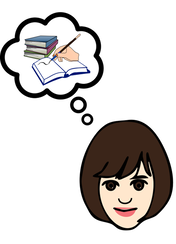 By Kelly Carey (reposted from December 2018) Often, when a family member, friend, or acquaintance learns that you are a children’s writer they comment back, “I’ve always wanted to be a children’s writer,” or “I’ve written a children’s book too”. As a seasoned member of the KidLit community you will want to be helpful and encouraging while still providing realistic and practical advice and information. The following blog is a post that you can share with folks you meet who want to become children’s book writers. Share it as a way to kick-start their writing journey and provide them with the first step information every writer needs to move from thinking about being a children’s writer to becoming a children’s writer. Becoming a Children’s Author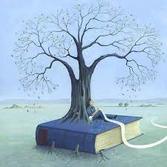 The dream of becoming a children’s author is a wonderful bubble that floats into the heads and hearts of many creative people. The trick is to take that dream and make it a reality. But how? There are three key first steps that every dreamer needs to take in order to kick start their writing journey and move it from a thinking about phase to a doing phase.  Step One: Write The first step to becoming a children’s author is to write. This may seem like common sense, but this is the point where many writing dreams sit stagnant. Aspiring writers may think about a story, and have a desire to be a writer, but often they will not take the time to sit down and put pen to paper or fingers to keyboard. To become a published writer you have to sit down and write. It can’t be on a whim or as a hobby. It has to be a real endeavor. Until you decide to make writing a priority, everything and anything - kids, family, chores, appointments, friends - can and will derail your efforts and interrupt your progress. Think of writing as a job that requires your undivided time and attention. To put true intention into your writing ambition, layer measurable goals into your dream:
For help setting your writing goals check out the posts under the Writing Goals section of the 24 Carrot blog archives.  Step 2: Find Your Tribe Writing can be a very solitary business. You’re not working for a company. There is no boss or co-worker. It is you alone with a laptop or a notebook. BUT you cannot work in a vacuum. You will need a group of fellow writers on your journey for the following reasons:
There are some practical ways to find your writing tribe. For example:
Engage in the community of writers in order to find valuable critique partners and a support system. For more help finding a writing tribe, check out the posts under the Writing Community section of the 24 Carrot blog archives.  Step 3: Read There is a difference between reading a book as a reader for enjoyment and entertainment and reading a book as writer. Readers will enjoy a book, while writers will study why a book was enjoyable. In order to become a published writer, you need to read like a writer. There are three primary reasons why writers read in their genre:
For more help becoming a writer who reads, check out the posts under the Read section of the 24 Carrot blog archives.  If you have been thinking about becoming a children’s writer take these first steps. Write, Find a Tribe, and Read. Good Luck on your journey!
9 Comments
 Guest Blog by Ellen Mayer All picture books are works of collaboration. But with Leaves to My Knees, I had an extra-special helper: my young granddaughter. Elise was three-and-a-half years old when I first brought her in as a collaborator. A beta reader for this newly published book, she is now a first grader. 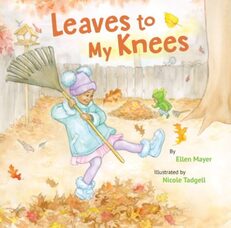 The Math Makes Sense Leaves to My Knees is a playful STEM story about a little girl, Camille, who is determined to rake a pile of leaves all the way up to her knees to jump in. In the story I wanted to demonstrate how young children, before they use formal units of measurement like a ruler, measure by comparing sizes with their own bodies in everyday activities. Elise at age three-and-a-half helped me “test out” the use of the math ideas on measurement and comparing sizes in my polished draft. As we raked leaves together in the backyard, I slipped in story character Camille’s mathematical thinking. How about raking a pile all the way up to your knees? I asked. The prospect not only delighted Elise, but the thinking felt true and natural to her, and soon she was chatting about the progress of the pile up her legs, just like story character Camille. She was also interested in comparing the size of her little toy rake against the big grown-up rake of her grandfather. For this young child, the math in the story made sense. Clarification Is Needed In the fall of 2019, I submitted the manuscript to the publisher. After I signed a contract for the book in the spring of 2020, Elise began to help me with revisions. While zoom readings during the beginning of the pandemic meant the loss of the lap, this technology did afford me a clear view of Elise’s four-year-old face, and I was able to make note of her expressions and body language as I read the text to her. Before the reading, I said: Elise, there are no pictures yet. You’ll just have to imagine them for now. But I’ll read you the words. She listened intently as I read through the entire text. What do you think? I asked. GOOD! she proclaimed. Even without the art, the story kept her attention – and elicited smiles. But I noticed one point where Elise furrowed her brows. When Camille sets out to rake leaves all the way up to her knees, she hoists her rake up onto her shoulder and does so “Because I mean business.” Elise was clearly drawing a blank at the idiom. Is “I mean business” kind of confusing? Should I change that a bit? I asked. Yeah. How about if I say: “Because I am serious––I mean business!” That’s good, she said. Of all the idioms in the story, that one needed a little explication for this four-year-old. Reconsider a Character Months later, a PDF arrived from publisher Star Bright Books with illustrator Nicole Tadgell’s full-color art in it. After reading it aloud to Elise, my beta listener paused thoughtfully and asked: You know, Mimi, Jayden doesn’t say anything. How come? That gave me pause. She found it odd that the goofy and playful two-year-old brother Jayden didn’t say anything. I never deliberately intended for him to be silent. Hmmmm. My publisher was getting the files ready for the printer, but I had to email the editorial team. If it's not too late, I have a suggestion for one more text edit. This suggestion is prompted by a comment made by my granddaughter when I read her the story recently. She pointed out – with some concern – that Jayden doesn't say anything in the story. I suggested that we have Jayden join in with Daddy when he cheers Camille on with a GO! as she readies herself to jump into her leaf pile, now up to her knees. Star Bright Books concurred. One of the editors wrote back: It’s always fascinating to learn what children can see that adults don’t. Thank you, Elise, now Jayden has his own “voice.” 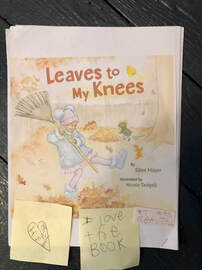 A Starred Review I learned that the reception of the story only improved with repeated readings. I watched my granddaughter sitting on the sofa beside her grandfather as he read aloud from the pages of the PDF, her face passing through a wide range of emotions as Camille suffers ups and downs in her leaf-raking project. When they got to the page where Camille steps into her hard-earned knee-high leaf pile, confirming that it indeed reaches to her knees, and shouts “TA-DA!”, Elise sprang up on the sofa and raised her hands high above her head in victory, just like Camille, and shouted joyfully: TA-DA! Months later, she insisted that she had “requested” that Camille say “TA-DA” back in the editorial stage. But then, that’s what happens in collaboration, isn’t it? We often forget who contributed what. When she was six years old and a rising first grader, Elise wrote out her review. To help her elaborate on her stickies, I said I wanted to “interview” her about each page. With much eagerness and solemnity, she pulled up a chair next to mine. As we slowly examined each page I asked her what she thought and she provided detailed feedback. She loved what the kids were wearing (it’s a Stegosaurus hood on Jayden), Jayden was so funny, her favorite image was the cover because Camille looks so happy. Elise identified with Camille, and she thought her peers would, too. They would understand how Camille feels and they’d feel the same way in that situation. Like, it’s a good book because it’s kind of like you’d be if you were Camille… I think the kids in my kindergarten class would’ve liked the book because it’s like them. 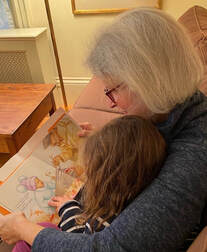 Ready to Read Soon after Elise started first grade, I had a surprise for her. It was the “F&G”, the folded and gathered advance pages of the book, before it was bound. It was a glossy splash of fall color, all ready to read, with real pages to turn. She was the person I most wanted to share it with. I jumped right in and started reading. After several pages, she put her hand over mine. She had a surprise for me, too. STOP, MIMI! she said. Let me read. I’ll read this page. Since I couldn’t see very well through my tears, I let her take over. The book had come far in those last three years. And so had Elise. Lessons Learned From a Young Beta-Reader Quite apart from the joy our journey together afforded me, getting reactions from a real child helped my writing process:
Each child and each book process is unique. For myself in this case, I came away with some thoughts about how to incorporate a young child into the making of a picture book:
You will never sell a book by claiming that your grandchild loves it, but working with a young reader in your family to critically evaluate your manuscript can make it stronger and help it find publishing success. I hope the collaboration I enjoyed with my granddaughter, as I worked on Leaves to my Knees, makes you think about using your own young beta-reader to improve your work. Leaves to My Knees, illustrated by Nicole Tadgell, and published by Star Bright Books in October 2022, is Ellen Mayer’s ninth book for children and her third math-infused one. Before focusing on writing for children, Ellen was an education researcher at Harvard’s Graduate School of Education, studying family engagement in young children’s learning, and an early literacy specialist home visitor with the Cambridge Public Schools in Massachusetts. To learn more about Ellen and her various books for children, visit her website at www.ellenmayerbooks.com. To learn more about illustrator Nicole Tadgell visit her website at http://nicoletadgell.art/.  ~by Amanda Smith There are few things at 24 Carrot Writing that thrills us as much as celebrating one of our own. Even though Megan is a recent addition to the 24 Carrot team, joining us in 2021 as a regular contributor, she has been “one of our own,” for a long time. I first met Megan at a critique group organized through the Writers’ Loft. Soon after, I ran into her at the NESCBWI Spring Conference, and later that year we both attended a picture book workshop together. Somehow, during that time frame, each one of the original 24 Carrot founders’ paths crossed with Megan’s at different events, and the following year we all carpooled together to the Spring Conference. Those daily drives back and forth were filled with engaging conversations about writing, and workshops, and dreams. Megan had just signed with her agent, Lindsay Davis Auld from Writers House, and we were excitedly crossing all our fingers and toes for her. And here we are – four years later, celebrating the bright light of Megan’s debut picture book Twinkle, Twinkle, Winter Night (Clarion Books) illustrated by Nneka Myers! Over the years we have learned many lessons from Megan's approach to writing and her work philosophy. We'd love to share some of those with you. 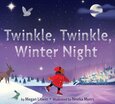 LESSONS WE'VE LEAREND FROM MEGAN: Be Gracious: At that very first critique group, one of those serendipitous, hive-mind, similarly-themed-story flukes popped up. In the past, I’ve witnessed these kinds of situations ruin writerly relationships, but Megan responded with so much grace and this-is-the-business professionalism that it was hardly a blip on the radar. Over the years we’ve witnessed her kind support to the writing community, her willingness to jump in and help at book events, her praise and appreciation for other writers, and as a critique partner, her thoughtful insight and cheerleading of our writing – always with a generous dose of Megan sparkle. Follow Your Passions: Before focusing on writing, Megan was a classroom teacher and reading interventionist. Literacy accessibility is one of her biggest passions. She doesn’t just love writing. She loves books, and reading, and kids reading books, and reading books to kids, and making reading available to all. This passion is sprinkled, like star-dust, onto everything she does, her audience always in her mind. Not only does it drive her to write beautifully lyrical picture books, but also to explore other ways of breaking open the written word to children, such as writing for the educational market, classroom poetry, and early readers. As a matter of fact, Megan has the first two books of an early reader series Dirt and Bugsy launching in February and June 2023. Following her passion has led her to all kinds of exhilarating opportunities. Trust the Process: The publishing process is long. Very long. Excruciatingly long. Megan signed with her agent in June 2018, and went out on submission later that same month. With a different manuscript. Twinkle, Twinkle, Winter Night was actually her second submission, and between the two, there were two years of ups and downs, very close-calls, and plenty of rejection before signing that contract in 2020. There are so many anxiety-causing stepping stones on the path to publishing, yet Megan trusted her team and her talent, and stayed the course, one step at a time. Own Your Style: When we browse bookstores or share library finds, often one of us will pull a book and announce, “This is a Megan-book.” Megan-books feature lovely language, read-aloud-ability, solid rhythm, winks of humor, and oodles of heart. While the style might be recognizable, her voice is uniquely hers. When it comes to writing picture books, Megan is a lyrical writer. She knows it. She owns it. And she excels at it. We are so excited that we can now pull an actual, very real, totally authentic Megan-book from the shelves. One with her name on the cover! Readers, you and your little ones will fall in love with Megan’s tight writing, her poetic phrasing, and her lilting diction in Twinkle, Twinkle, Winter Night! Dear Megan, we are so excited for you! Shine bright! 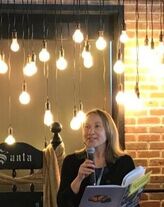 Bio: Megan Litwin is a children’s book author, a former classroom teacher, and a forever believer in book magic. She holds a Master of Arts in Children’s Literature from Simmons University and lives in Massachusetts with her family. She will launch Twinkle, Twinkle, Winter Night Friday, September 23 at 6 pm under the twinkly lights of The Unlikely Story. Click here for more information on this event and other upcoming bookstore visits. Ask for Twinkle, Twinkle, Winter Night at your local bookstore or order here. ~ Having an agent isn’t everything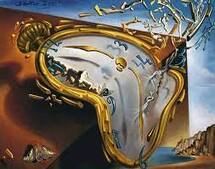 Soft Watch at the Moment of First Explosion by Salvador Dali. Soft Watch at the Moment of First Explosion by Salvador Dali. ~ Guest blog by Samantha Gassman In January 2020, I was flying high. After 5 months of querying literary agents with my picture book manuscripts, I had an offer of representation in hand and my first book on submission with publishers. But as the months dragged on, it became clear that my hope of seeing my book in print was not going to happen. During the course of 12 months, my first manuscript was rejected by 30 publishing houses — big ones, small ones and everything in between. Here’s what I learned: 1. Rejection doesn’t stop after you have an agent When I received my first offer of representation, I was equal parts thrilled and relieved. I was ready to be out of the query trenches and into the big time! Instead, I traded in the “your work isn’t the right fit for me” rejections from agents for “It’s cute but I’m afraid it didn’t quite capture my attention as I was hoping. I’m afraid I’m going to have to pass” rejections from editors. Ouch! Not only do the rejections continue after landing an agent, publisher rejections sting even more. When I was querying agents, I convinced myself it was “just to see what would happen.” Like a schoolchild picking daisy petals: maybe they’d like me, maybe they wouldn’t. But when a publisher rejects your work, they’re saying it’s not worth their time or money to publish your story. On that note... 2. Acquiring a book is a risk When a publisher acquires a book, particularly a picture book, the publisher is taking a huge risk on your book’s ability to compete and perform in an over-crowded marketplace. During the acquisition process, there will be a Profit and Loss (P&L) analysis performed by the editor or financial specialist. After all, publishing is a business, not a charity. While writing for children is often portrayed as a whimsical process, if your cute story isn’t worth the manufacturing, design or overhead costs, a publisher will pass. In my case, the feedback from several editors was exactly that: “The energy is great, but the story doesn’t hit high enough to compete in the market right now.” 3. Agents have a really tough job Agents get paid when the author gets paid. In other words, after your book is acquired, contracts are signed, advances are paid (or not) and royalties come in. Because publishing is such a slow industry, this means your poor agent doesn’t see any cash for 1–3 years AFTER they sell your book. They weren’t paid to read your query, offer their revisions, or go back and forth with you on edits. They do all of that in hopes that your book will be acquired by a publisher and fly off the shelves. Even then, most agent commissions are only 15–20%. On a $17 hardcover book, that’s only a few bucks. I will be forever grateful to my first literary agent for her perseverance and patience as we received rejection after rejection. Especially since our agreement was based on her representing this one manuscript, and she had all her figurative eggs in my one basket. 4. Taking a critical eye to your work is important If you remember nothing else from this post, remember this: Read your manuscript like a publisher. Regardless of what kind of book you’ve written, you must be well- read enough in your genre, age group, etc. to know where your book fits into the market. What is unique about your book? Why does there need to be another book on your topic? What value does it provide the reader? After the doors to my publishing dreams were closed for this manuscript, I re-read it with the editors’ comments in mind. You know what I found? They were right. ARTICHOKIE KARAOKE (great title, right?) is a really cute book. The rhyme style is catchy (similar to Hip Hop Lollipop) and kids would appreciate the premise of being stuck in a boring grocery store with nothing to do. But, as the 30 editors noted in their own way, it is too “slice of life.” The conflict and resolution are too tame, and without the rhyme, the story falls flat. Maybe if I had considered these things before, I could have revised it to be more compelling. Upped the stakes. Increased the friction. Landed the deal. Take a look at your story as objectively as possible and ask yourself those tough questions before it goes on submission. If you know in your heart it could be better, make it better. There is no need to rush. Seriously. Don’t rush it.  5. Keep trying Although my first attempt at being a published author didn't work out, I tried again with another agent in 2020. Just before my rainbow baby was born, my new agent and I received an offer of publication for my picture book, DEAR RAINBOW BABY. It comes out on National Rainbow Baby Day – August 22, 2022, courtesy of Clear Fork Publishing. P.S. It’s also my rainbow baby’s second birthday that day – how perfect is that!? After my first book was rejected by 30 publishers, I felt completely deflated. The contract with my first agent was terminated and even though there are still a handful of publishers who never responded, ARTICHOKIE KARAOKE will likely never be traditionally published. At least, not in its original form. Knowing what I know now, I may dust it off one day and revise it, and try again. Or maybe, elements of the story will find their way into a completely new piece. Or maybe, I’ll borrow the rhyme scheme to write a new story. It doesn’t matter — the point is, we learn more from our failures than our successes. Don’t give up!  Samantha Gassman is a children's book author, Air Force veteran, military spouse, and mom to two kids and two cats. She is the author of DEAR RAINBOW BABY (Aug 22, 2022) and PEANUT AND BUTTER CUP (2024). Visit Samantha’s website to learn more. Preorder DEAR RAINBOW BABY here.  ~by Megan Litwin Hello! Thank you to 24 Carrot Writing for hosting me here as I share the cover of my debut picture book, Twinkle, Twinkle, Winter Night! I am absolutely over the moon about the cover art by Nneka Myers. I love the dreamy color palette, and the way Nneka captures the peaceful beauty of the winter world…yet with a hint of festive sparkle in the distance. I can’t wait for the rest of her brilliant work to be seen! And now that the cover is out, I’ve been thinking… It is ironic that a finished book cover is the result of months or years of work, because at the same time, it also represents a new beginning…the beginning of this last stretch until the book is out in the world. And the “Six-Month Stretch” (as I’ve begun calling it) brings new work to light. There is a lot of talk about all the things an author can do to promote a book pre-launch, and to be honest, it can be pretty overwhelming. So I’m taking the advice of veteran writer friends who have shared some wisdom about how to use this time. The underlying theme is “do what feels right to you.” I’m going to couple that with one of my own favorite mantras: “keep it simple.” And in the spirit of 24 Carrot Writing’s goal-setting mission, I have formed a plan. Here are the five main things I’m going to focus on in my “Six Month Stretch”:
Thank you, 24 Carrot readers and writers, for sharing this exciting moment with me! - Megan Shimmer, glimmer, glowing light.
Twinkle, twinkle, winter night. Celebrate winter with this magical twist on a beloved nursery rhyme that brings the shimmering season of lights to life. To learn more about Megan or to subscribe to her newsletter, visit her online at www.meganlitwinbooks.com. To learn more about Nneka Myers and her art, visit her online at www.nnekamyers.com.  ~By Megan Litwin A former K-2 teacher, I’m a big fan of schedules and routines. I know how important it can be to have a structure to the day you can count on, yet one that also leaves room for organic detours. Schedules can be powerful - and comforting - for children and adults alike. Of course, life hasn’t made it easy to keep to any sort of schedule lately. But this January, I felt determined to start off on the right foot. 2022 brings with it my debut picture book, and I could not be more excited! At the same time, that means I’ve found myself with extra balls to juggle and new roads to navigate: a website, a wonderful co-marketing group, planning for events and school visits. All very good things indeed. But all NEW things, too. Now, besides time to write (to daydream, draft, revise, and more), I need a chunk of time just to keep up with being an “author.” No matter where any of us are on this journey, there is a certain amount of attention that needs to be paid to the business side of things. But how to make time for these different roles, without dropping any balls or feeling frazzled? I needed a comfortable routine I could count on. First, I thought about the time frame of my work day (something that looks different for everyone). My best work hours are absolutely when my kids are in school. Then, I thought about the flow. I knew I wanted to fiercely protect my writing time, no matter what got thrown my way each day. So actual butt-in-chair writing is the morning’s first work. I’ve committed to at least one hour a day for that. Or more! But setting a realistic minimum helps me stay true to that goal. If I’m in the groove and really deep into the work, that could stretch by hours – and I love when it can. Or I might write for just that hour and then do something else writing-related, like critiques. There is a certain amount of open-endedness built in. And a whole lot of morning coffee… No matter how it’s going, by the time lunch rolls around, it’s time to switch gears to author business. Choosing ONE focus per day helps, and that focus varies with deadlines and such. I might work on my newsletter, write reviews, or make pins on Canva (where I definitely can fall down the rabbit hole…). But when these tasks are not creeping into my writing/craft time, I actually enjoy them! After the writing and author work, I scheduled some reading time. Yes, I said “scheduled reading” – because it’s important to me, and my routine should reflect that. I might read a new pile of picture books, some poetry, or a beautifully crafted chapter book. My children get home around 2:30, so scheduling my reading to coincide with that allows me to model my commitment to reading AND encourages them to join me with their own books. Win-win! And finally, we all have many more roles and responsibilities other than writer/author/reader. I might have an appointment, get called to substitute teach, or have a sick child. And even on a perfectly organized work day, it is my role as Mom that is most important to me, and that one requires most of my attention once my kids are home. At that point, I tuck the work away and promise to return to it tomorrow, just like I would if I were leaving the classroom or office. Schedules work best when they are flexible structures. After an inspirational virtual webinar with Bethany Hegedus at the Writing Barn, where she talked about setting goals for each quarter of the year, I realized that maybe schedules could also be seasonal structures. I decided to call this a WINTER work schedule, and I already felt a lot less pressure to make it perfect. It may change when spring arrives, and then change again to fit the cadence of my summer days. But it suits me right now. It makes me feel full and warm – because I am making space for what matters to me, day in and day out, as this new year begins. And…it is an acronym!! Because, after all, I’m forever-at-heart a primary school teacher! A WARM Winter Work Schedule: Writer Author Reader Mom (*etc.) No time slots. No word counts. No pressure. These are simply the daily roles I want to spend time on, and in this order. What kind of an overarching structure works for YOU? What does your “winter writing season” look like? I hope it is warm and wonderful and full of whatever you need…right now.  Megan Litwin is a children's book author and regular contributor for 24 Carrot Writing. Her debut picture book TWINKLE, TWINKLE, WINTER NIGHT, illustrated by Nneka Myers (Clarion Books) will hit the shelves October 2022. To learn more about Megan visit her at www.meganlitwinbooks.com/.  There is nothing more decadent than a summertime read. As I kid, I loved the freedom from textbooks and school assigned reading when I could browse a bookshelf and select whatever caught my fancy. We all have favorite spots to read but, in the vacation laced days of summer, I especially loved flipping the pages with smore sticky fingers by the shadowy light of a camp lantern or diving into the pages with my toes in beach sand and waves for an audience. With these gleeful moments in mind, 24 Carrot Writing is embarking on Book Pick Summer! Every month, we’ll be posting some of our favorite books in the Book Pick section of our website. Join us for Book Pick Summer and add your own favorite reads to our Facebook page. Happy Reading! By Ashley Benham Yazdani In most picture books the characters that we write about are humans, or animals, or at least some kind of organism. But what if you want to tell the story of a place? When writing my nonfiction book, A Green Place to Be: The Creation of Central Park, I sought to tell the story of one of America’s beloved landscapes and its two designers, Frederick Law Olmsted and Calvert Vaux. My own interest in Central Park began long ago, and was initially driven by curiosity about its creators. When I learned that there was truly nothing natural about the seemingly nature-made landscape of the park, I absolutely had to learn who had made it, how, and why. Olmsted and Vaux’s environmental and social motives were deeply inspiring to me, and I desperately wanted to tell their story. But as I researched and wrote, I discovered new questions. How did the land get to the state where it needed such healing? Who was there before it was a park? How did the land transform into a park, and (I still wonder) how does it compare to how it was before it was occupied by white people? After researching the answers to these and other questions, I found the land emerging as a third character in my writing. Giving a voice to the land is something that has long interested me, and the need to do so now feels more urgent than ever. Our planet has existed long before us, and will continue to go on long after we are gone, but what state do we want to leave it in, really? The Earth is at a tipping point because of our lifestyles, and every word, every action, every book we make on its behalf matters in the fight for a healthier planet. So when I approached my work on Central Park, I felt a real sense of urgency. Olmsted and Vaux sought to preserve the land, bringing it closer to its natural state and healing decades of harm through careful engineering. The end result of their work is a landscape that has flourished, drawing in both wild creatures and humans alike with the magnetic serenity of a natural landscape in perfect alignment with the qualities of its native climate. Theirs is a story that could be recreated almost anywhere today with a bit of work. Unfortunately, we humans seem to have a hard time empathizing with things that don’t look like us, especially landscapes, which have no apparent consciousness. So how do we craft a written portrait of a landscape that makes the reader care? In the case of my book, the success of the landscape was tied with the success of my two other main characters, and I reasoned that if the reader was invested in them, then they would care about the fate of the land as well. Painting a picture of the land through the eyes of humans is just one way to go about it, but you could do the same thing with animals or other organisms, or you could directly give the land a voice and have it speak for itself. These are only a handful of the possible approaches to this, and connecting with the land you are writing for will provide deeper inspiration. You might want to do some character development exploration work when writing for the land. Here are a few of the questions I asked myself when writing for Central Park: •What is the current state of the land? •What is the land’s history? Especially consider its history before vs. after white people were there, or even before indigenous people arrived. •Has the landscape experienced any major changes, or were they gradual? •Who directly made it the way it is today? What can you learn about them? What was their motivation? •Who were the land’s first caretakers? Present caretakers? How do the two differ in ideals or goals? •Was there ever any controversy regarding the land? Did anybody ever damage or exploit it? If so, has the land healed, or does it still need help? •What effect, if any, can you have on the land today? Is there a localized cause that needs attention there? The Earth does speak to us, if we listen carefully enough. It may be slow and quiet, with a pulse that beats at a seasonal pace rather than a human one, but all land does have stories to tell. These are discovered by geologists, archaeologists, historians, and regular unscientific people who simply pay attention to the patterns of nature. Children are particularly wonderful observers in this way. By telling these stories to children (and to the adults that read to them), we can help others to cultivate empathy for the most essential character in all of our lives: the Earth.  Bio: Ashley Yazdani is a picture book author/illustrator, reader, and nature lover. She received her MFA from the Illustration Practice Program at the Maryland Institute College of Art, and her BFA in Illustration from California College of the Arts. She has taught illustration courses at the Maryland Institute College of Art, and Towson University. Her debut book, A Green Place to Be, is currently available from Candlewick Press and can be found at your local bookstore. Her tools of the trade are watercolors, colored pencils, and Photoshop, but she also enjoys embroidery, block printing, and screen printing. When not pushing pigment or pixels around, Ashley can be found reading, sewing, or running around in the great outdoors. She lives in Minneapolis with her husband and son. 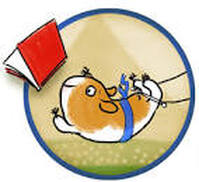 Illustrators from The Soaring 20's PB debut group have joined us to celebrate The 24 Carrot Writing Illustrator Bonanza! This tenacious and talented group has spent 2020 launching debut books in the midst of a pandemic! They share how the use art to capture just the right mood and tone in a story, how they hone their craft, and what keeps their skills fresh. Welcome to the Illustrators of The Soaring 20's! Let's start at the beginning of the illustration process. When you first receive a manuscript to illustrate or you complete your own manuscript, what is the first thing you do?
Painting When the sketch dummy was approved. It was time to once again panic paint. I painted digitally mainly because it allowed for many, many, many, more mistakes. And there were many. I started first by painting page one, then two, then three (do you notice the pattern). For me, this was a mistake. I had to back up and think stylistically how I wanted this to look with color, I needed to define my color palettes, and I had to pick (and stick) with a set of digital brushes for the book prior to painting the book. I ended up creating four digital palettes. One each for Goat Girl and Merle, one for the backgrounds, and another for supporting characters. My Photoshop document was set-up as spreads (20”x10" + bleed) in folders with sub-folders for individual pages/panels/spots. While my document was actual size, I worked at a higher than needed resolution for layout flexibility/adjustments. I also had a template layer showing my text placement for each page as I painted. Instead of painting a complete single page, I jumped through the pages by blocking in color first for Merle, then Goat Girl, then backgrounds/other characters. This allowed me to stay focused especially early one with character finishes - Ideally I would have done full character/environment studies prior to painting - Greg Barrington is the author/illustrator of COW BOY IS NOT A COWBOY (HarperCollins, October 20, 2020) Is it easier or harder to illustrate someone else’s story, versus a story you’ve written yourself?
story is that you care so much about this story you’ll want everything to be perfect, thinking that everything in this story os a reflection of your taste and ability - but the problem is perfectionism kills creativity. Small breaks and critique groups can help during those moments of self-doubt. Though the reward of publishing my very own story makes it all worth it! - Isabella Kung is the author/illustrator of No Fuzzball! (Orchard Books, August 4, 2020)
What does the revision process look like for an illustrator?
When you are not working on an assignment, what do you do to grow your craft/art?
Watch webinars I have probably learned the most about the craft of writing/illustrating picture books from webinars—particularly the ones offered by StorytellerAcademy.com and from regional SCBWI chapters. I’ve had the opportunity to learn from top-notch authors/illustrators, art directors, editors, and agents all from the comfort of my own home and for a relatively low cost. I find they often give me the confidence and/or inspiration to go just a little bit outside my comfort zone and try out new story structures, formats or techniques. - Abi Cushman is the author/illustrator of SOAKED (Viking Books for Young Readers, July 14, 2020)  To learn more about The Soaring 20's Picture Book group please visit them here.  Guest interview of illustrator Qing Zhuang Often there is a cloak of mystery surrounding the relationship between an author and an illustrator. When illustrator Qing Zhuang signed on to illustrate How Long Is Forever?, I did what every good author is instructed to do. I sat down and zipped my lip. The idea, and it is a smart one, is to allow the illustrator freedom within their creative process without being hampered or interrupted by the pesky author. It was hard. And I was grateful when the editor sent me sketches and asked for my feedback. But I wonder, what did that process feel like from Qing’s perspective? Let’s ask. Qing, I’m so happy that you are joining us at 24 Carrot Writing as we celebrate our Annual Illustrator’s Month. Can you tell us a little about your journey to becoming an illustrator? Sure! I studied illustration in college and spent many years afterwards trying to improve my work. I went to SCWBI conferences making incremental progress. I had a lot of growing to do, personally, practically and artistically. So even though I had some good foundational skills and recognition from teachers in my school years, my work was all over the place. It took a long time to figure things out when I graduated. Meanwhile, all my talented friends were getting cool art jobs, awards, reasonable income, name recognition and not horrible dates! Dang! Sometimes I’d cry on the bus after getting yelled at by some grumpy and condescending customer at my retail job. This is not what I’d imagined when I won the children’s version of the Ezra Jack Keats bookmaking contest in 6th grade and decided I was going to become a great writer-illustrator! Alas, I marched on in my tortoise pace. Eventually my work improved and I tightened up my portfolio by taking out work that didn’t fit and focusing on a singular style as best as I could. The road here was not super glamorous and not without doubters so it takes a lot of conviction within myself that this is what I must accomplish in this lifetime. I took my portfolio to the NJ SCBWI conference and met Karen Boss our Charlesbridge editor there. The rest is history! A few months after Charlesbridge bought How Long Is Forever?, I received an email from editor Karen Boss letting me know the Art Department had identified three potential illustrators for the book. I went into major cyber stalk mode. All three were fantastic, but the drawings on your website had me convinced that you were the best pick. Did you know I wrote a four page email back with pics from your website as proof? How did you first hear of the project? And what made you sign on? I wish I could read why you liked my work best out of the three! The competition is SO fierce! I signed on because of how simple but deep it is. This is a story that can be as sweet or thought provoking as you want it to be. I just remember gazing up at the sky as a child getting lost pondering the nature of time and forever-ness. “How Long is Forever?” Can spur such a philosophical discussion with young ones but it can also be about the down to earth experiences of familial love and the creature comforts we share with the people we love. It can be about losing a grandparent. When I showed the manuscript to my now husband, he started tearing up. He said it reminded him of his own grandfather who used to make him Chinese pancakes and that was his favorite memory that he will keep forever of this person whom he loved so much. I knew that this story can potentially mean something special to each reader so I was excited to be a part of it! Qing, I'll send you that email. But for the readers here, I'll share a few of the illustrations Qing had on her web site that made me fall in love with her talent! Here is a reason number one on why illustrates should set up a website, make it easy to find, and populate it with your work! What was the first thing you did when you received the manuscript to illustrate? What was your process? I made many thumbnail sketches, researched reference photos and did character designs. I based the farm on the Queens County Farm as well as the farm at Manhattan Country School, where I teach. They have a fantastic farm program and children make wonderful memories at its farm in the Catskills every year. One of the exciting things about working on this project is the opportunity to try to honor the joy of spending time in the farm and in nature. In this age where many children spend hours doing virtual farming and building in a video game I think it’s really special to have a book that explores just running free and asking questions and investigating out in the world. But as a city girl who also spends too much time online, I needed to do a lot of research on things like tree species and tractors and which way a weathervane blows (the arrow points against the source of the wind). It took many tries to get it right. This could be said about every stage from beginning to end. Sometimes the illustrations didn’t fit the layout or just something was off with the pacing and I had to scrap it and do it over! I am so grateful to have the patience of the editors because the book really improved from every version. My manuscript did not have illustration notes and aside from the editor asking me for “minimal” feedback on your illustrations, we didn’t connect until after the book was sent to print. I might have sent you a quick “you’re doing great, keep it up” pep talk email but I wonder what direction you got from Karen Boss and/or the Charlesbridge Art Department. There were many discussions about the layout of the story because ultimately the words and their legibility are paramount. So depending on where they decided to put the text the whole composition and even perspective of the scene had to change. There were also discussions about the type of tree that would be in the book. The character designs also took a couple of tries. I made many different potential Masons and the editors picked the one we know and love pretty easily. But I had to redo all my designs of grandma and grandpa because they looked too old fashioned. Somewhere in me I am still pouting that I wasn’t able to do the sweet and chubby grandparents in my initial sketches because it’s kind of my nature to be sappy and nostalgic. However, I’m also glad I was challenged to make more contemporary looking grandparents, especially with our very hip and artsy grandma design who I based off of my college art professor. I also tried to make grandpa kind of cool looking so I ditched the overalls and gave him a jean jacket and nice shoes. Someone said he looks like Ernest Hemingway. My friends make up stories about how they met as young artsy hippies and decided to retire at a farm where the grandma makes pottery and takes photos of pastoral landscapes. Anyway, many changes were made at all stages of the book. Anytime anything changes it affects the whole book. For example, there were these cute bird feeders hanging on the house porch but they were blocking the text, so I had to edit them out of all the pages. Another example is the editors wanted me to depict teeth. Stylistically, I rarely drew teeth so at the last minute I had to photoshop in the teeth of all the characters. Haha! Now you know how the sausage is made. 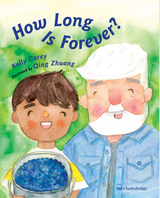 It is important for all children to be able to recognize themselves in the books they read. The manuscript never offered a physical description of the character and you smartly took the opportunity to present Mason with darker skin and his grandparents with light skin. Can you talk about that decision? I just want different types of families to be portrayed because whatever we see in the media gets legitimized and embraced. It’s wonderful now to see so many books and other kinds of media beginning to embrace a diversity of experiences. In the school I work at, there are so many students who are adopted, from a mixed or blended family, or simply don’t look like their caretakers for some other reason. I also have friends and professors and colleagues who are in such families. I am excited that a sweet book about love and timelessness can reflect them too. I mean why not? Teachers and parents now are so good at discussing questions about different families if they do come up. For my character designs of Mason, I featured many different looks, actually referencing some children I know. It’s just how I work, I don’t like to just make stuff up, I tend to care about it more if it is based on things and people I know in real life. You recently signed with an agent! Congratulations! How did that happen? And how is it changing how you are working? What are you working on now? Thank you! For the past couple of years different literary agents have reached out to me even before I had a real dummy ready to present to them. I knew that getting an agent is a long term commitment and didn’t want to rush and find someone I don’t feel right with. So I worked on How Long is Forever? and didn’t think too much about representation because I wanted to focus on my debut book! After the book was sent off to the printers, I started to read some interviews of the different agents I had been acquainted with but they didn’t seem to fit. At a portfolio review, the reviewer suggested that I query Wendi Gu of Sanford Greenburger Associates, so I wrote her name down and read her online interviews. Those interviews resonated with me. Then I saw her speak at a virtual panel and found her to be very professional and warm. I still felt like I wasn’t ready to reach out because I am a chicken. Then an editor at Holiday House who I had met a year ago emailed me asking me if I have finally written a story for them. I had a dummy in progress about grocery shopping with my mom which I sent anyway to see if there would be any feedback. To my surprise they enjoyed it and offered a deal! I really wanted an agent to help me negotiate this time so I reached out to Wendi and fortunately she replied right away! We had a few Zoom meetings and now I can feel very glamorous and tell people to contact my agent if they want to work with me! 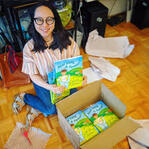 Qing Zhuang is an illustrator and elementary educator based in New York City. She holds a BFA in Illustration from Maryland Institute College of Art, Baltimore, and a MA in teaching from School of Visual Arts, New York. How Long Is Forever? is her debut as an illustrator. She is represented by Wendi Gu of Sanford Greenburger Associates. Qing's debut as both author and illustrator, Rainbow Shopping will launch from Holiday House in the summer of 2022. To learn more about Qing, visit her website at www.qingthings.com. To purchase a copy of How Long Is Forever? click here. |
Peruse blogs for advice and tips from KidLit creatives.
Categories
All
Archives
April 2024
Click to set custom HTML
Click on the RSS Feed button above to receive notifications of new posts on this blog.
|

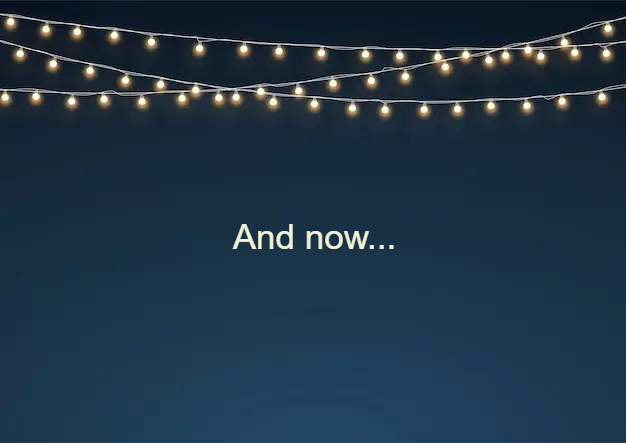
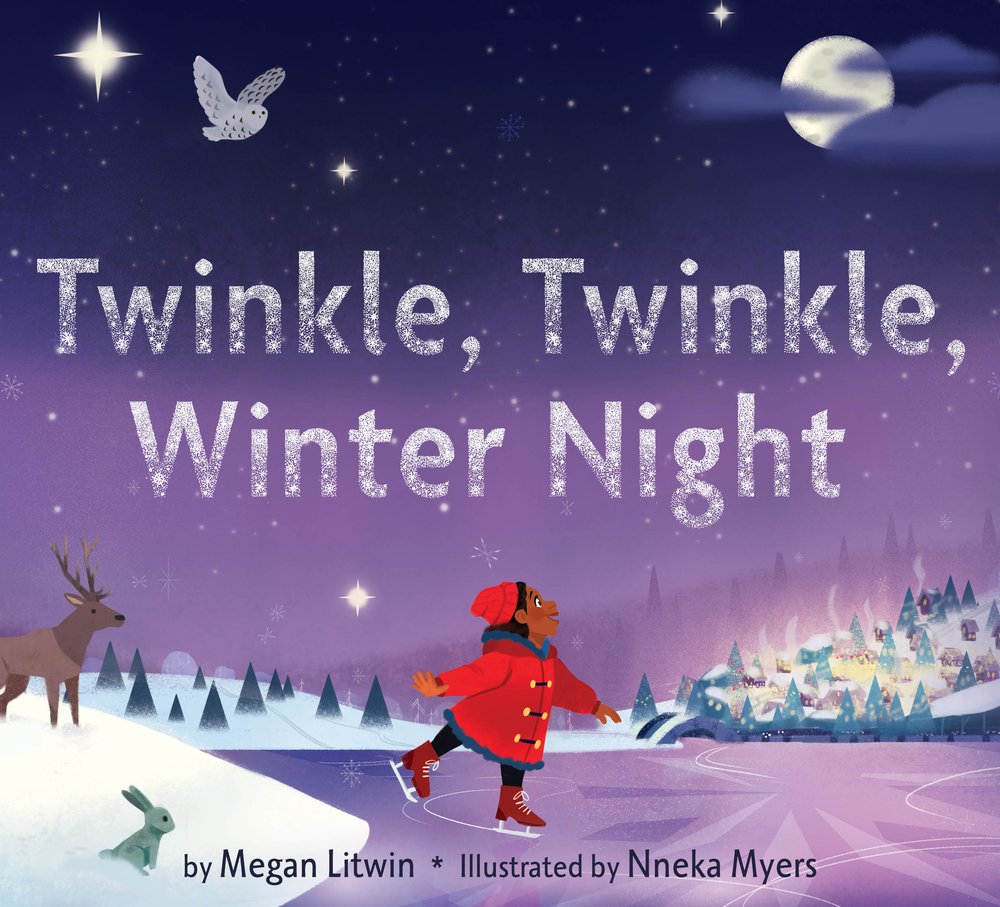
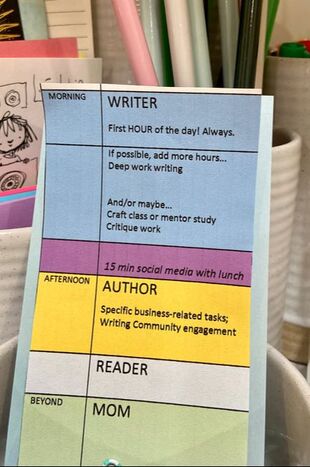
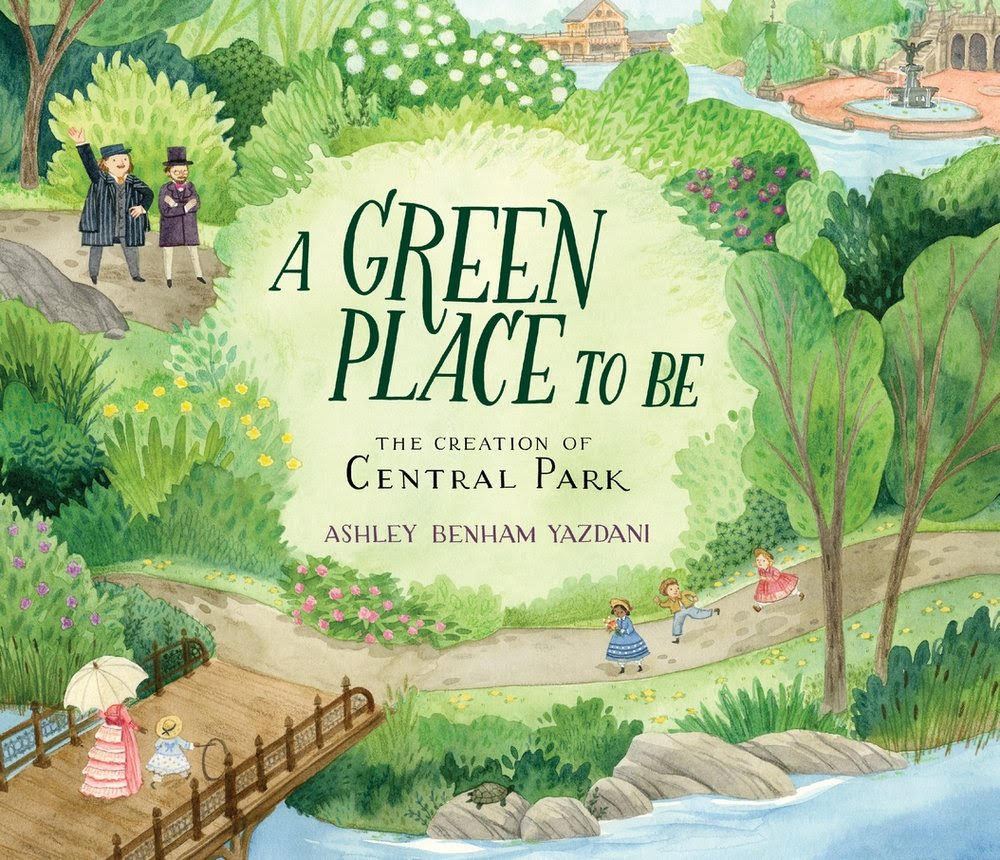
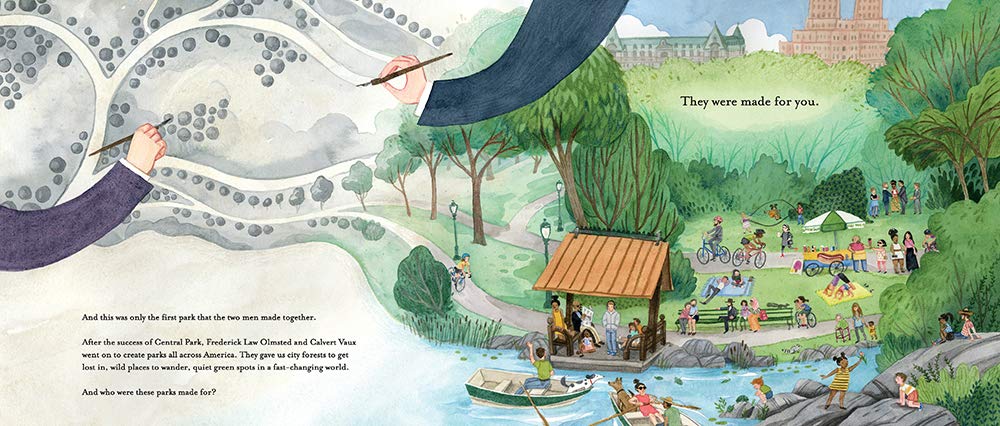
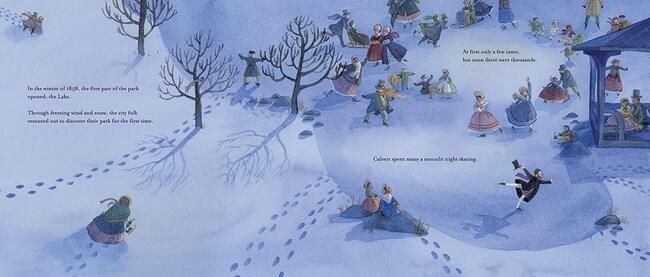
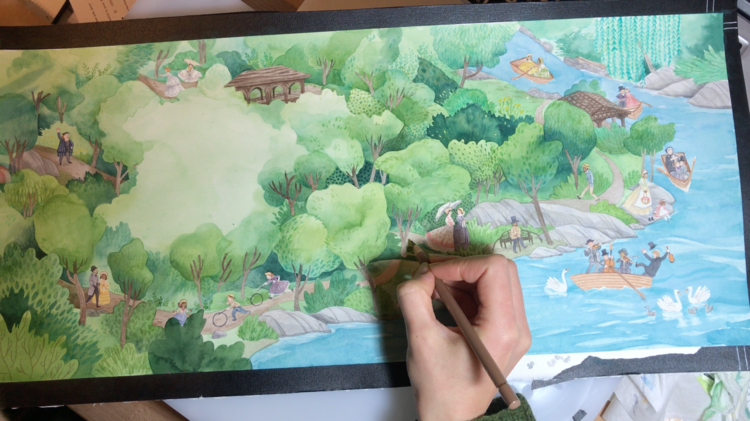

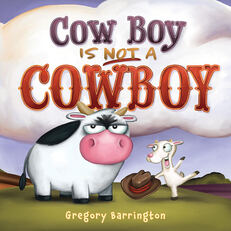

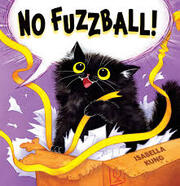

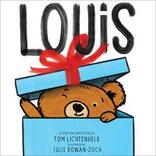

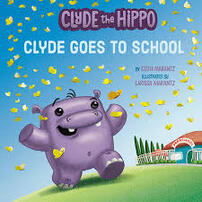
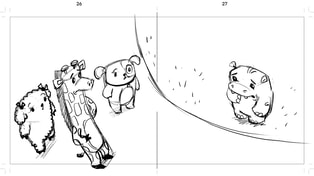
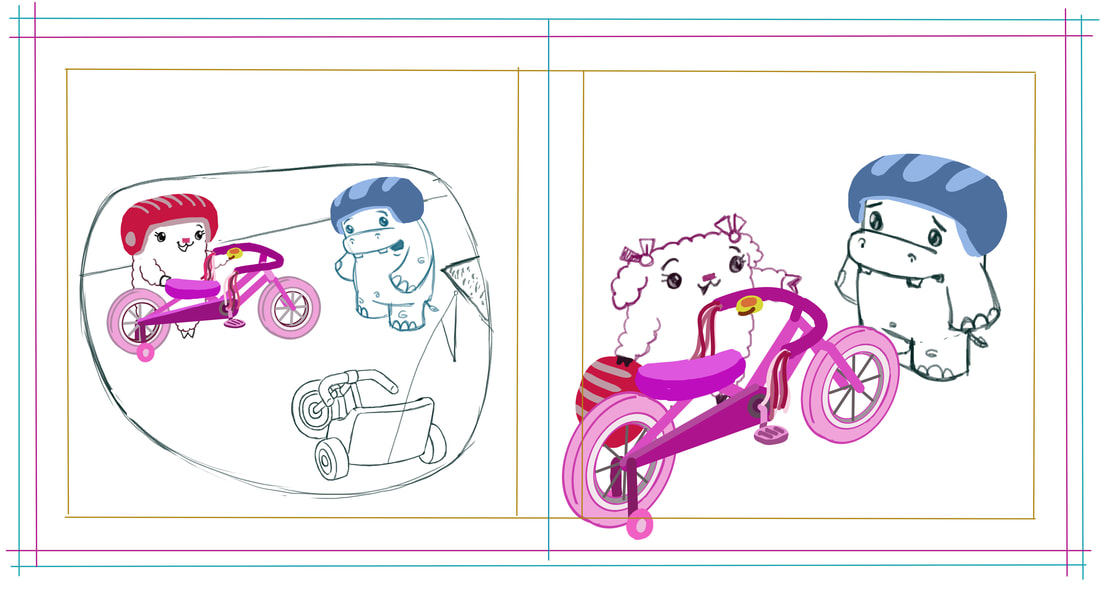
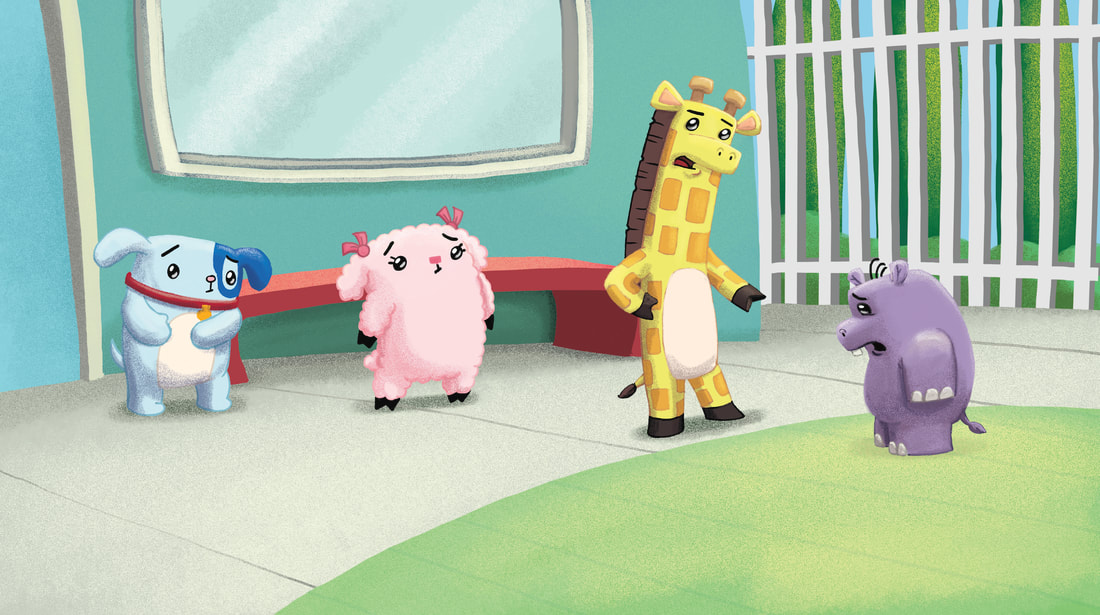
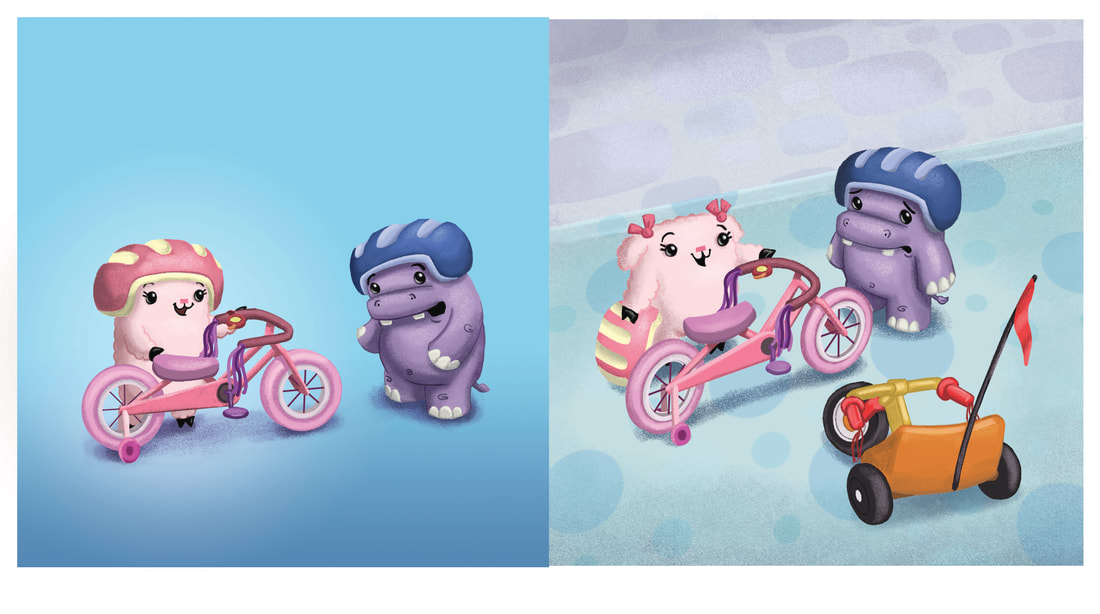

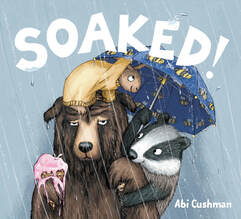
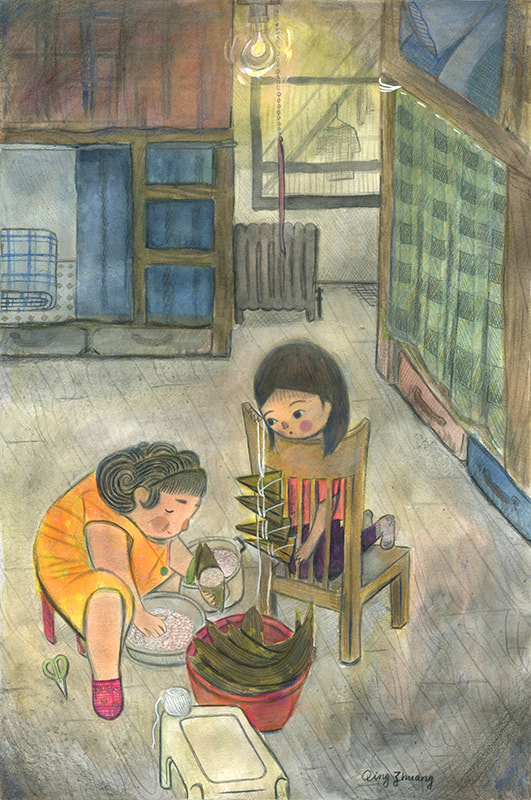

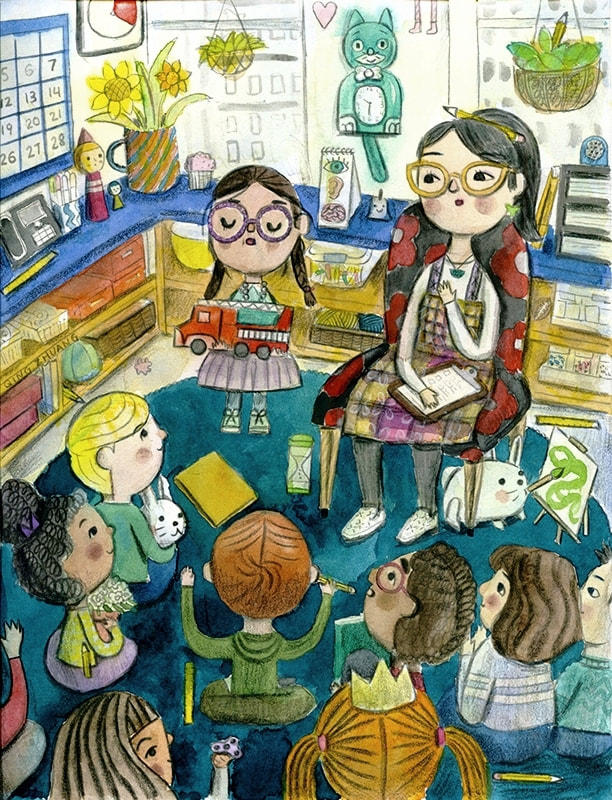
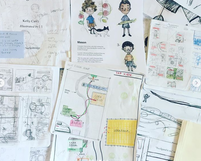
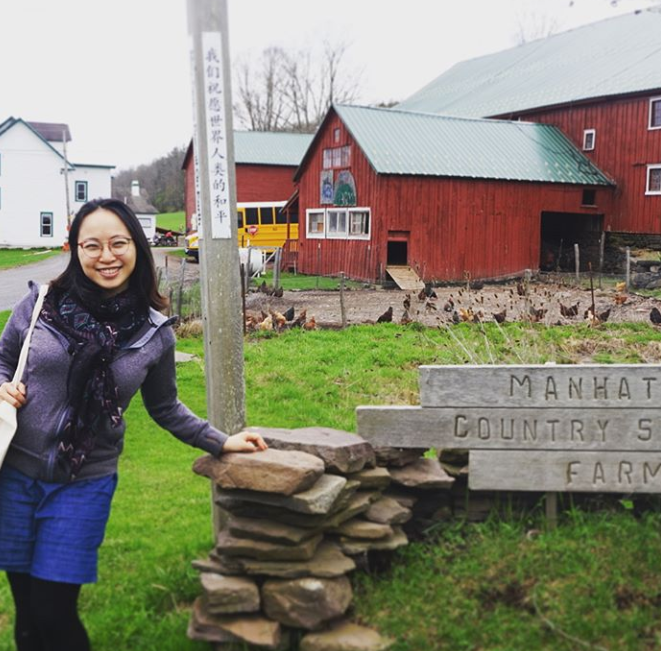
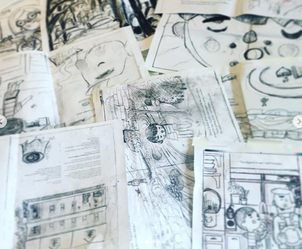
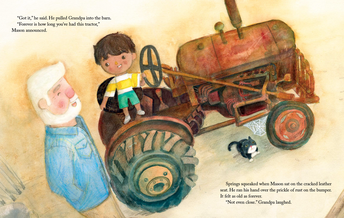
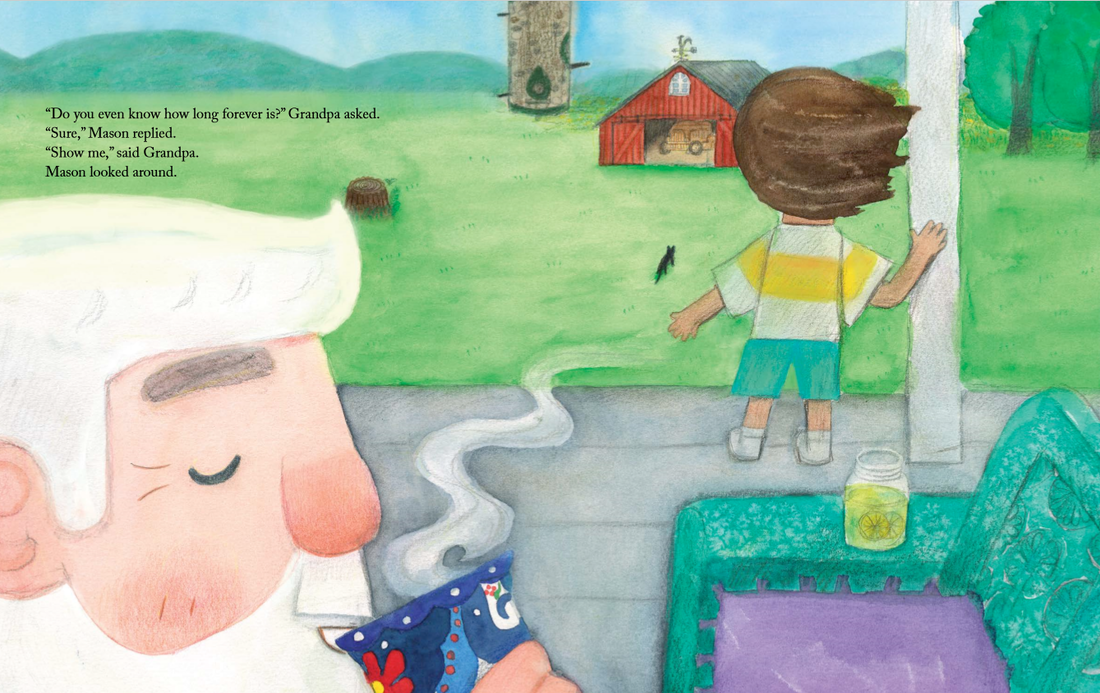
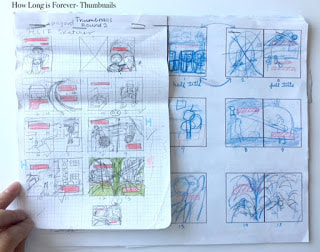
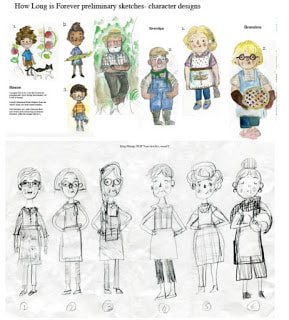
 RSS Feed
RSS Feed